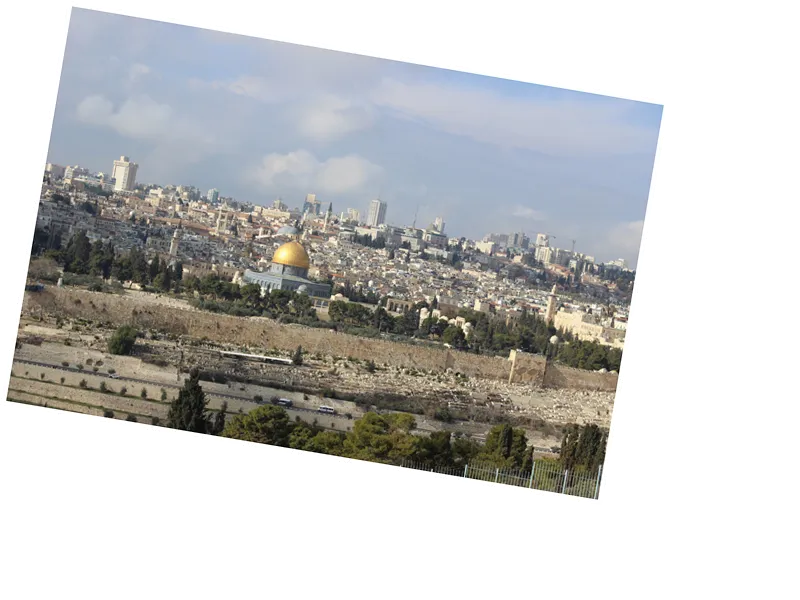The Historical Significance of Al-Tur Village
Al-Tur village, situated east of occupied Jerusalem on the slopes of the Mount of Olives, is a neighborhood steeped in history and cultural significance. Known as 'Tur Zeta' in Aramaic, meaning the 'Mount of Olives,' Al-Tur has been a witness to the passage of various conquerors throughout the ages. It is home to numerous historical mosques and churches, making it a focal point for both religious and cultural heritage. The village has been inhabited since the era of Caliph Omar bin Al-Khattab, showcasing its longstanding importance in Islamic history.
The village covers an area of 8,808 dunums and is bordered by significant landmarks, including the Blessed Al-Aqsa Mosque to the east and Khan Al-Ahmar to the west. Despite its rich history, Al-Tur faces challenges due to ongoing settlement plans aimed at altering the demographic landscape of the region. Such plans threaten the integrity of this historic neighborhood, leading to increased population density and restrictions on expansion.
Current Challenges and Settlement Plans
In recent years, Al-Tur has been subject to aggressive settlement plans by occupation authorities, which aim to Judaize the region. These plans have included the confiscation of land for the establishment of a Talmudic park, further limiting the natural expansion of the local Palestinian population. The village's borders are constrained by the apartheid wall, and construction is prohibited in areas designated as natural reserves, exacerbating the housing crisis for residents.
The demolition of homes and infrastructure services by occupation forces adds to the difficulties faced by the residents of Al-Tur. The historical significance of the village, with its ten mosques and seven churches, is at risk as settlement routes are planned to connect key Israeli institutions. This ongoing struggle highlights the urgent need for awareness and action to preserve the cultural heritage and demographic integrity of Al-Tur.
- Al-Tur village is not only significant for its historical context but also for its religious importance. The village houses several notable mosques, including the Salman Al-Farsi Mosque, which dates back to the Ottoman era, and is said to have been visited by Caliph Omar bin Al-Khattab during the conquest of Jerusalem. Additionally, the Rabaa Al-Adawiya Shrine, dedicated to a renowned Sufi woman, is located in the village, further enhancing its spiritual significance. In the face of oppression, the community of Al-Tur continues to uphold its rich traditions and cultural practices, including the annual Palm Sunday activities, which attract visitors and emphasize the village's historical ties to Christianity. The presence of various hospitals and community services also demonstrates the resilience of its residents amidst adversity.






